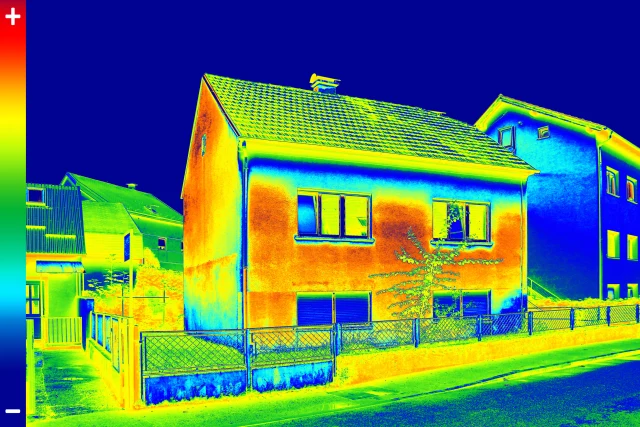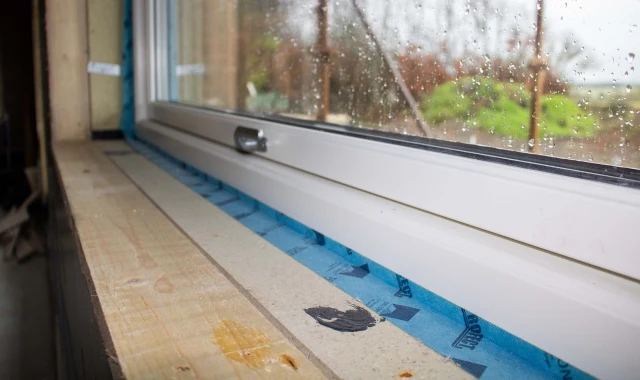Go to Section
Avoiding Thermal Bridges with Bosig Phonotherm
Sunday 8th January 2023
Also in category: Airtight and windtight, Retrofit
The avoidance of thermal bridging is an important consideration in all building projects when planning for insulation. The issues that can arise from thermal bridging can lead to additional heat loss, resulting in higher energy costs and problems with condensation, mould and building deterioration.


Blog author

Joe Fitzgerald
Technical Specification Manager
Joe is a Passivhaus Contractor with Degree qualifications in Sustainable Construction and Energy Management. He also completed Postgraduate Diplomas in Green Engineering and Advanced Thermal Modelling and a Postgraduate Certificate in Hygrothermal Risk Assessment.


